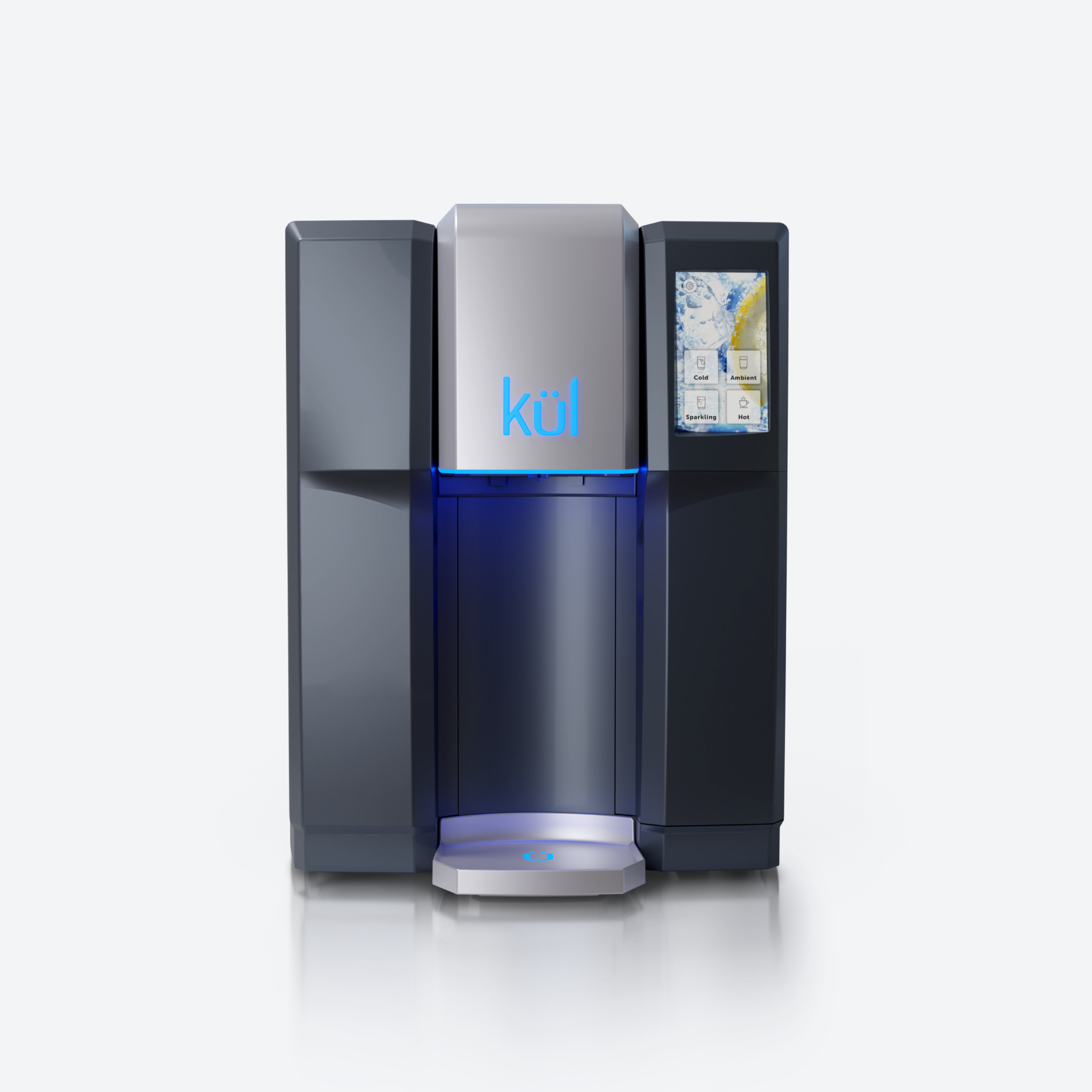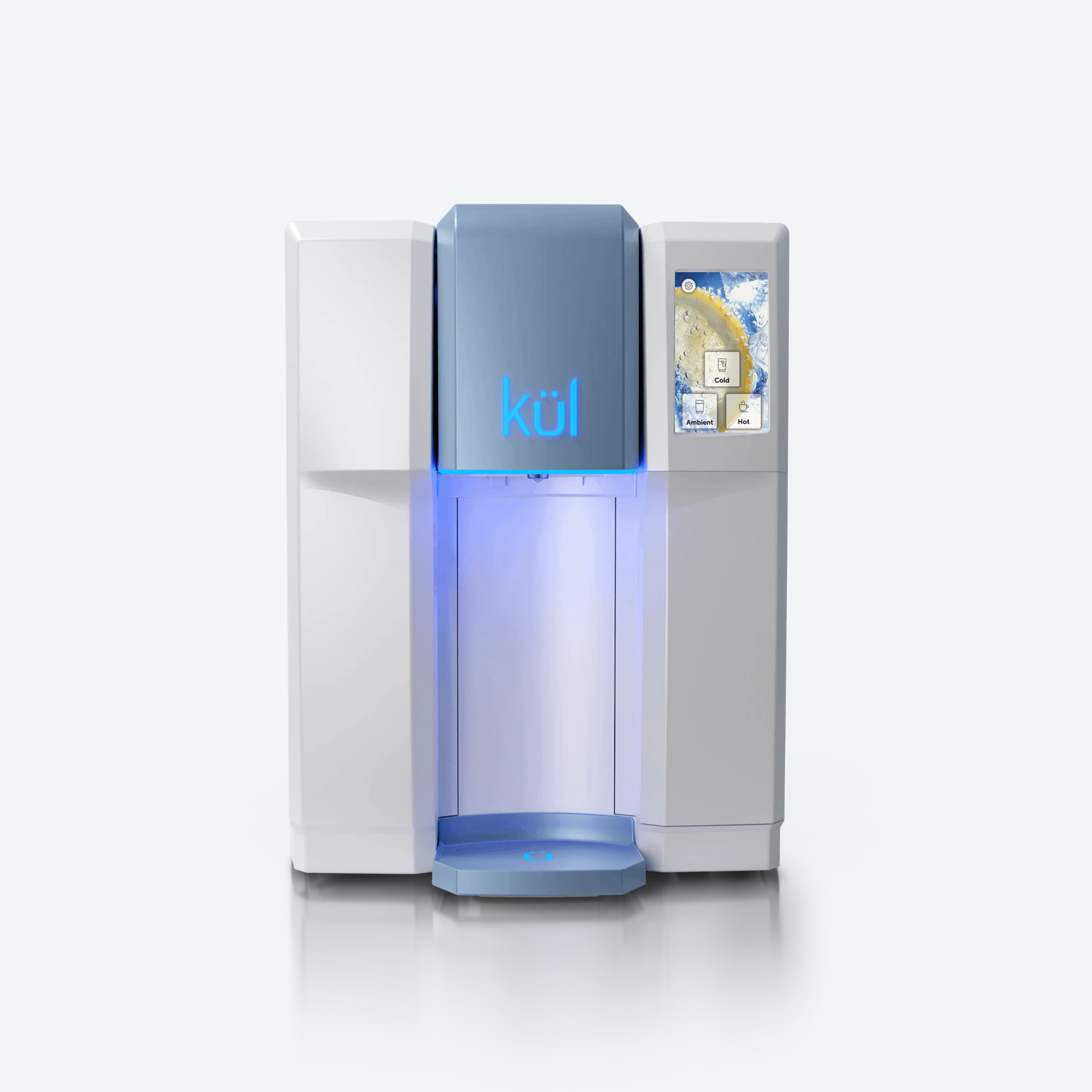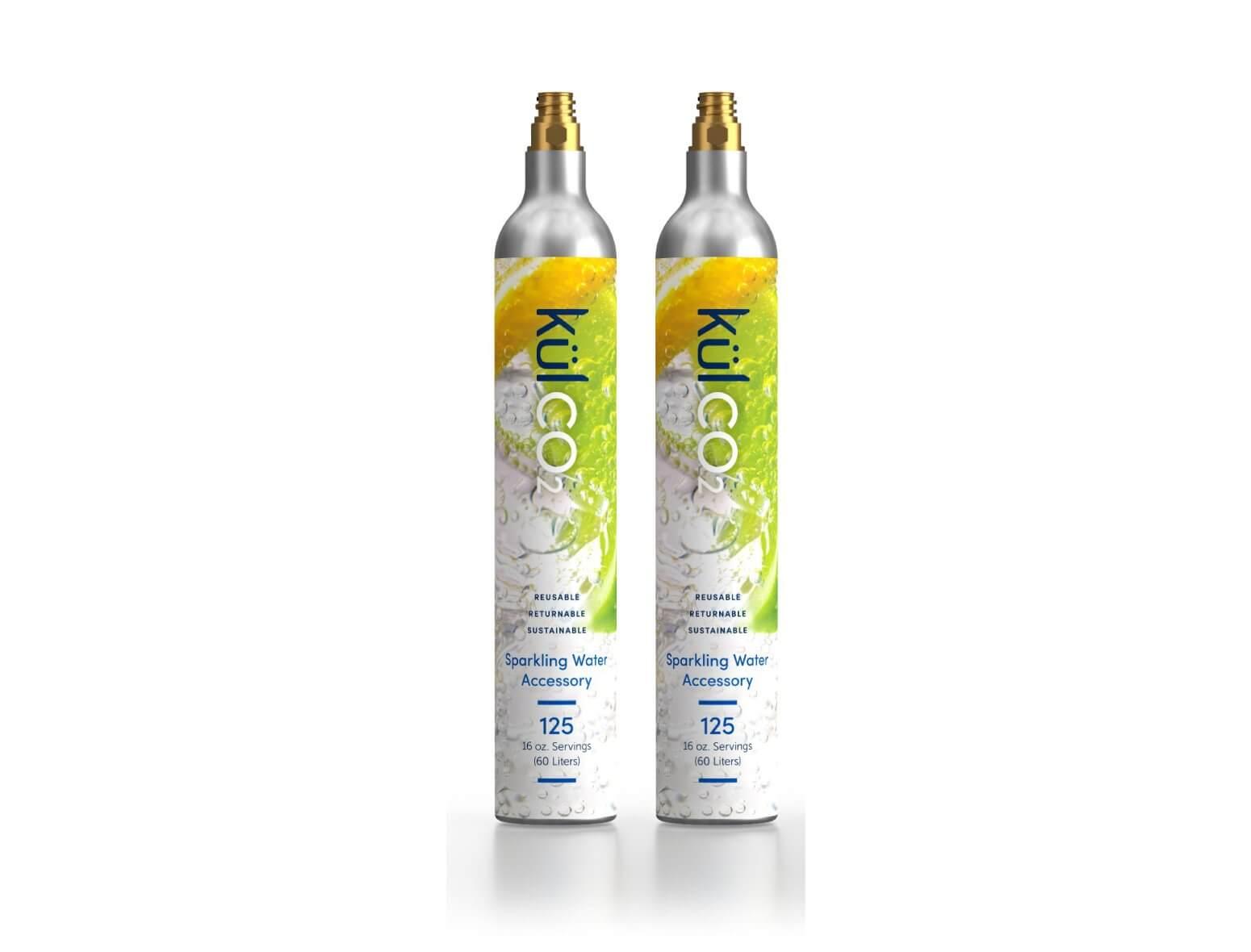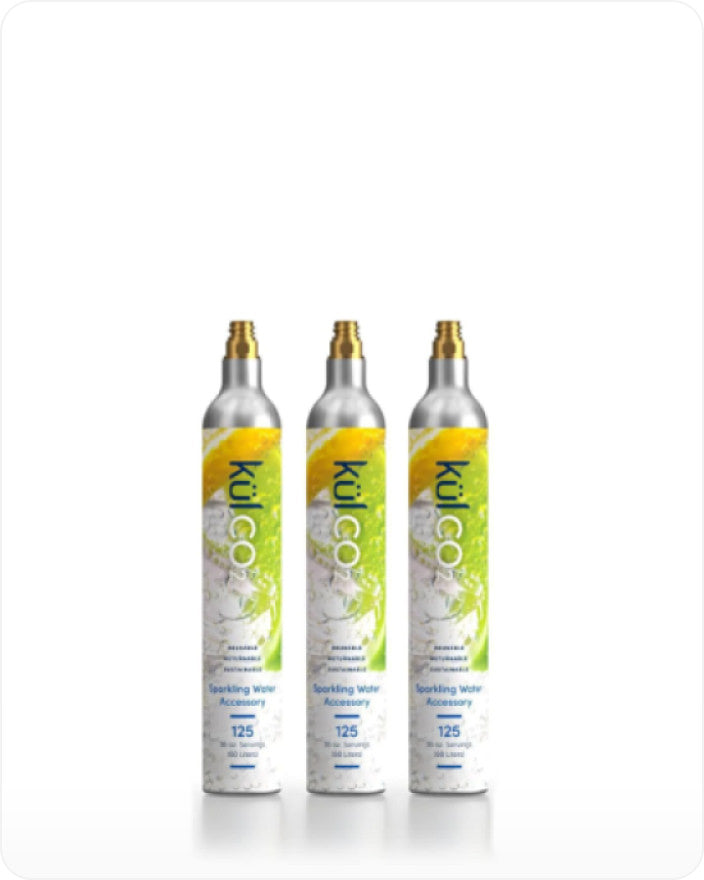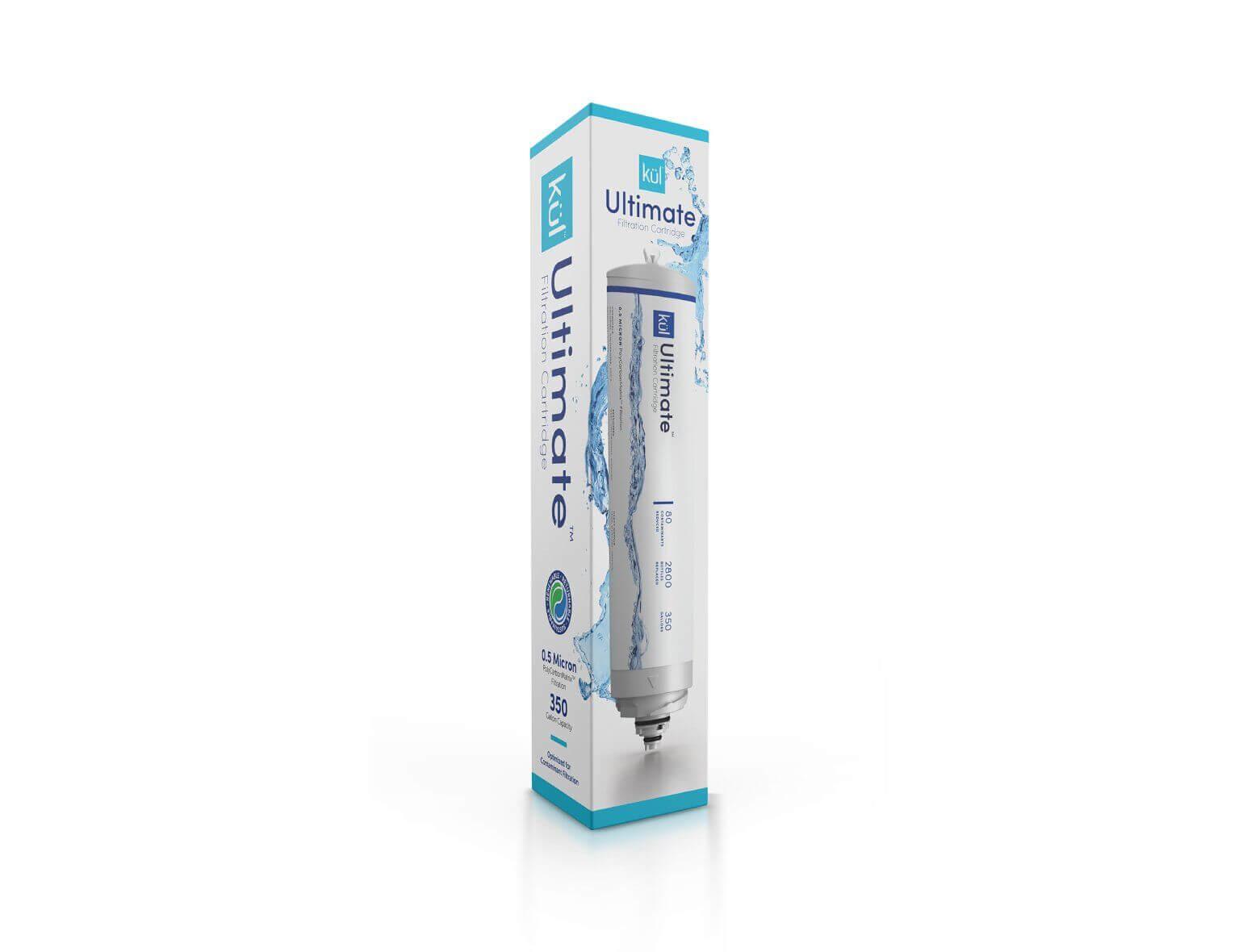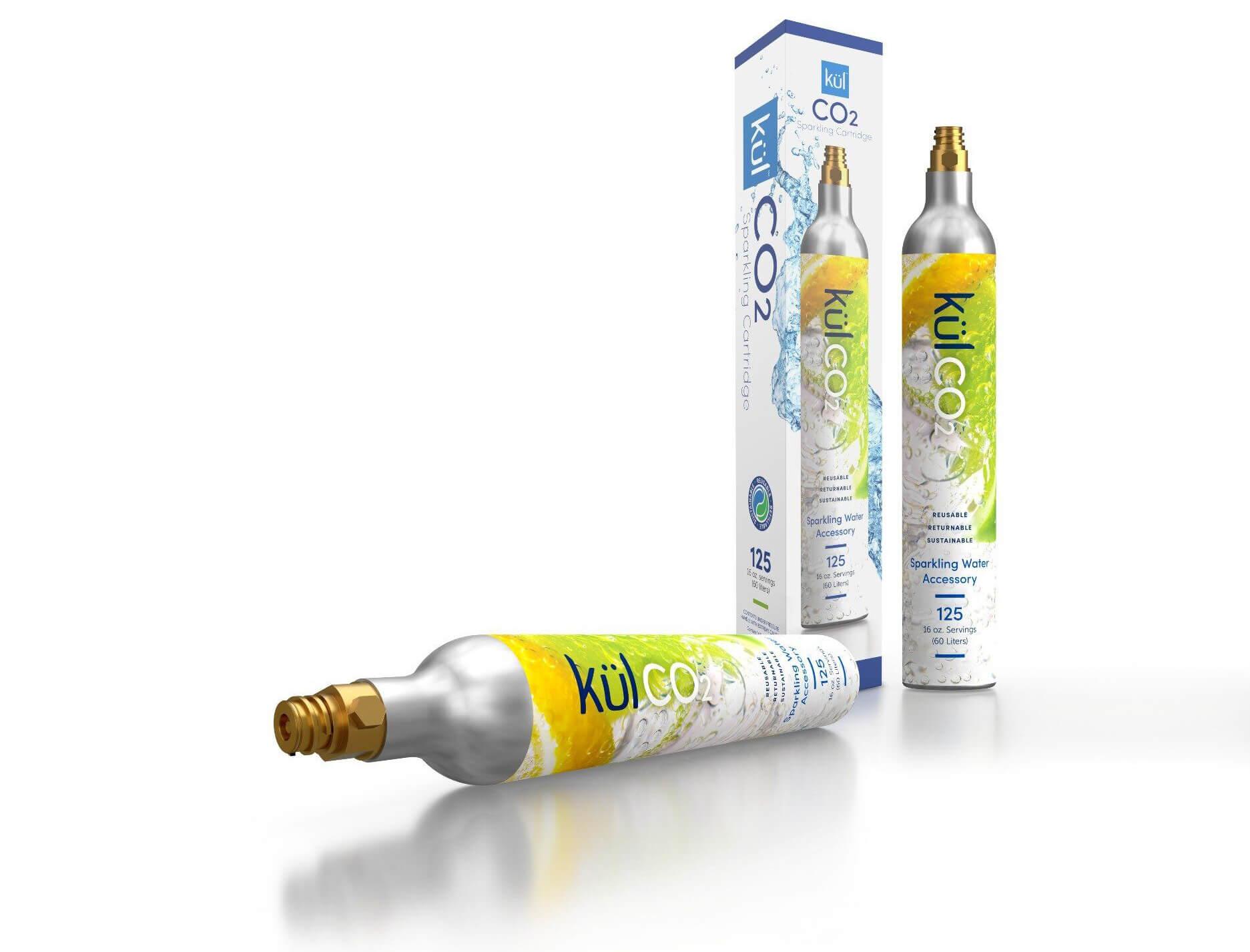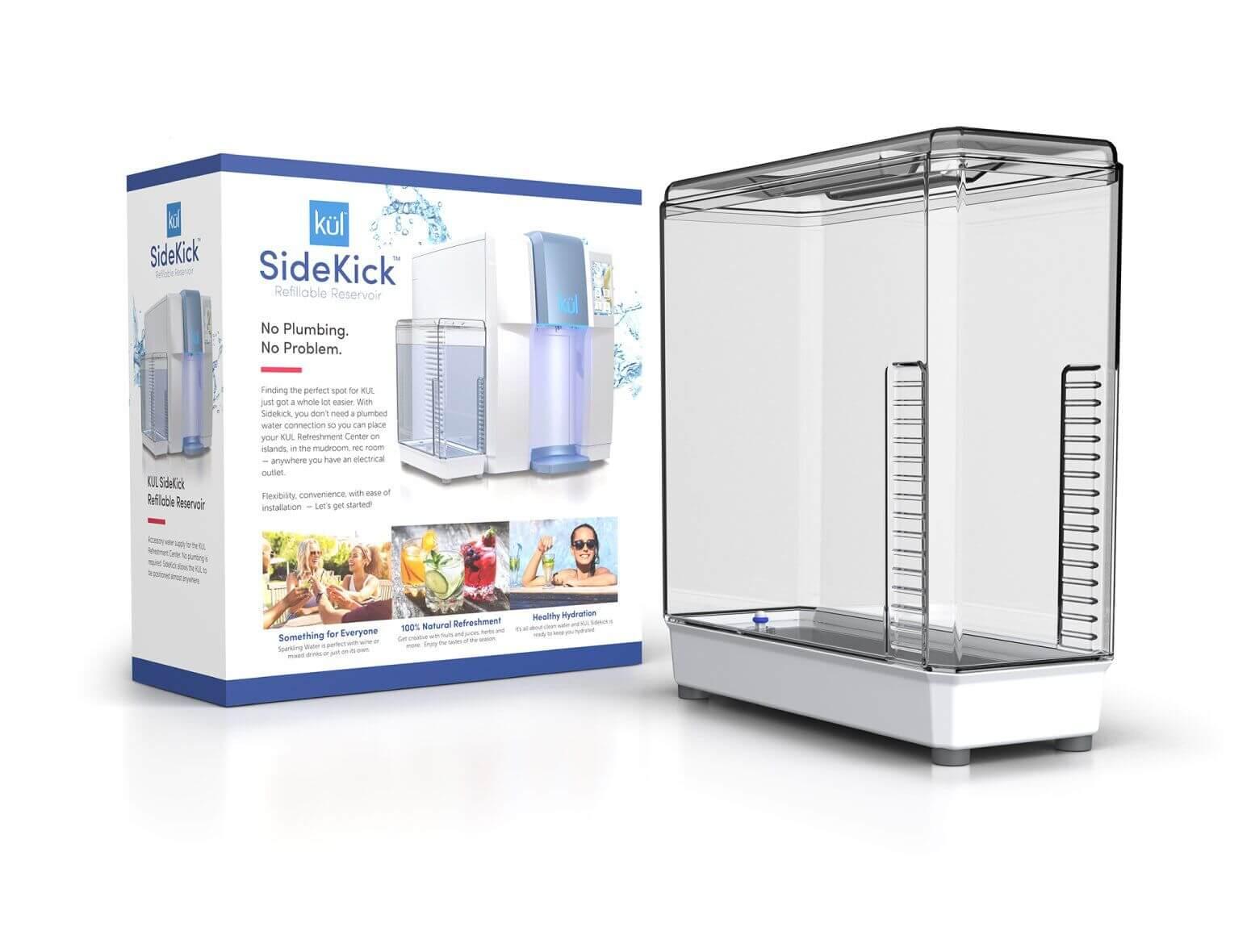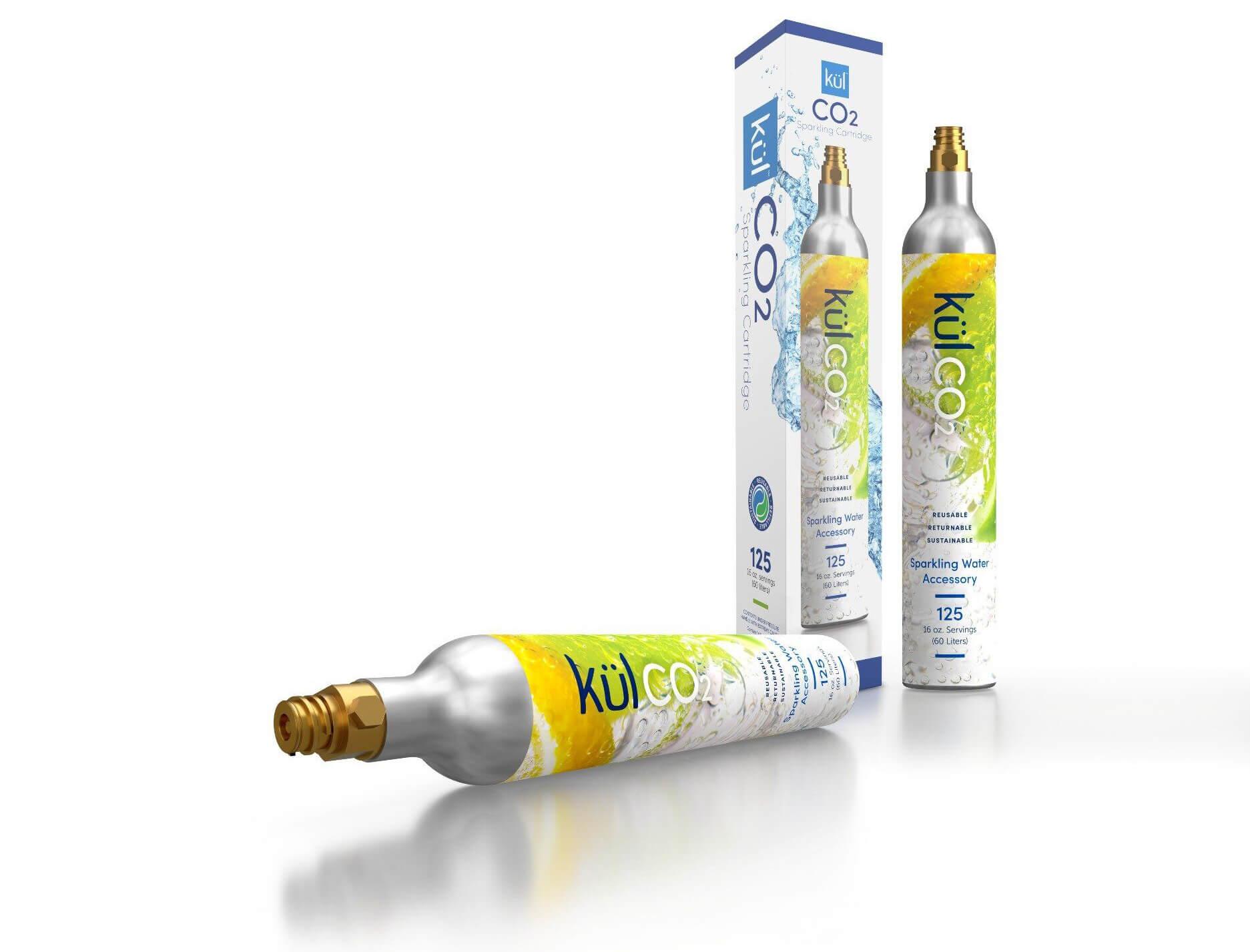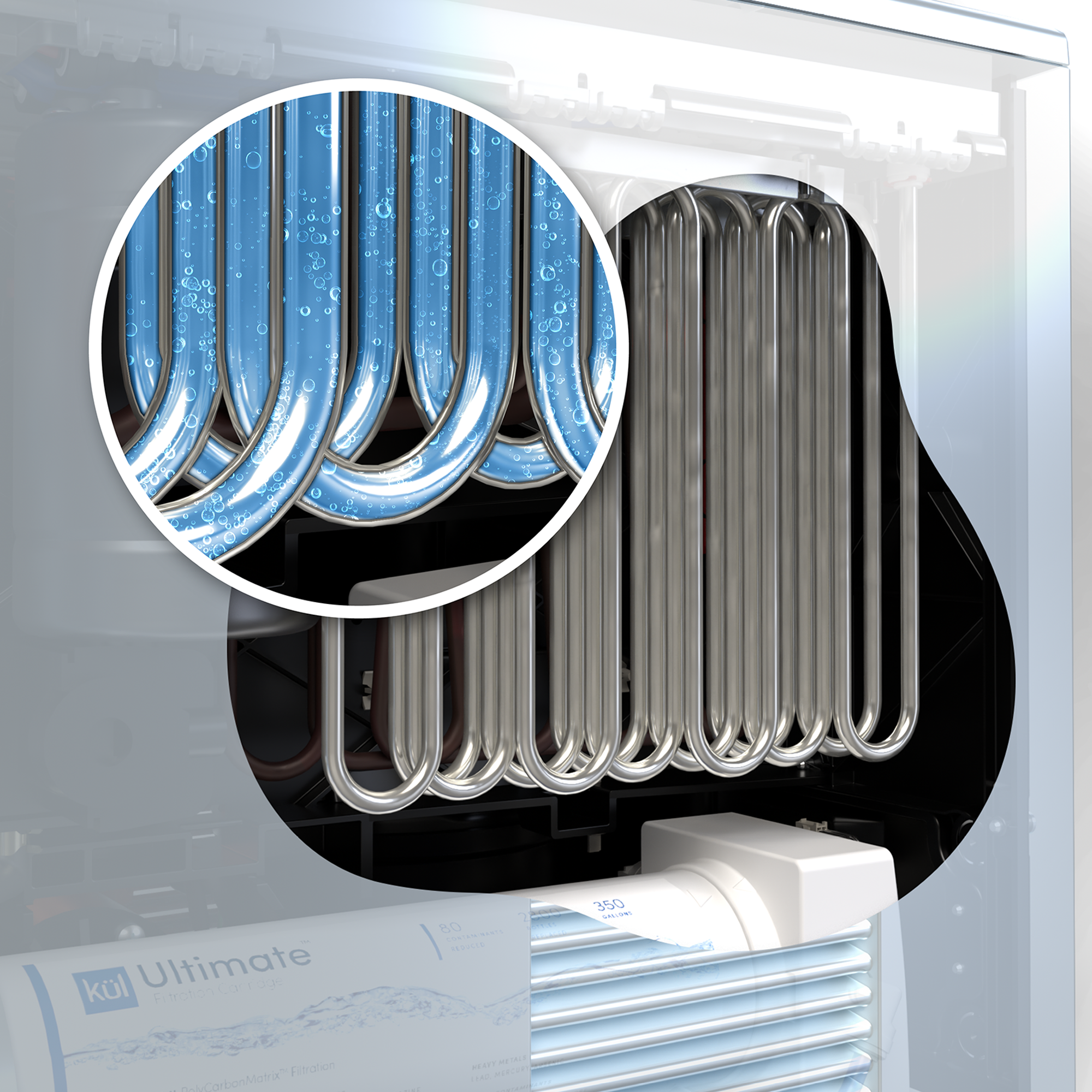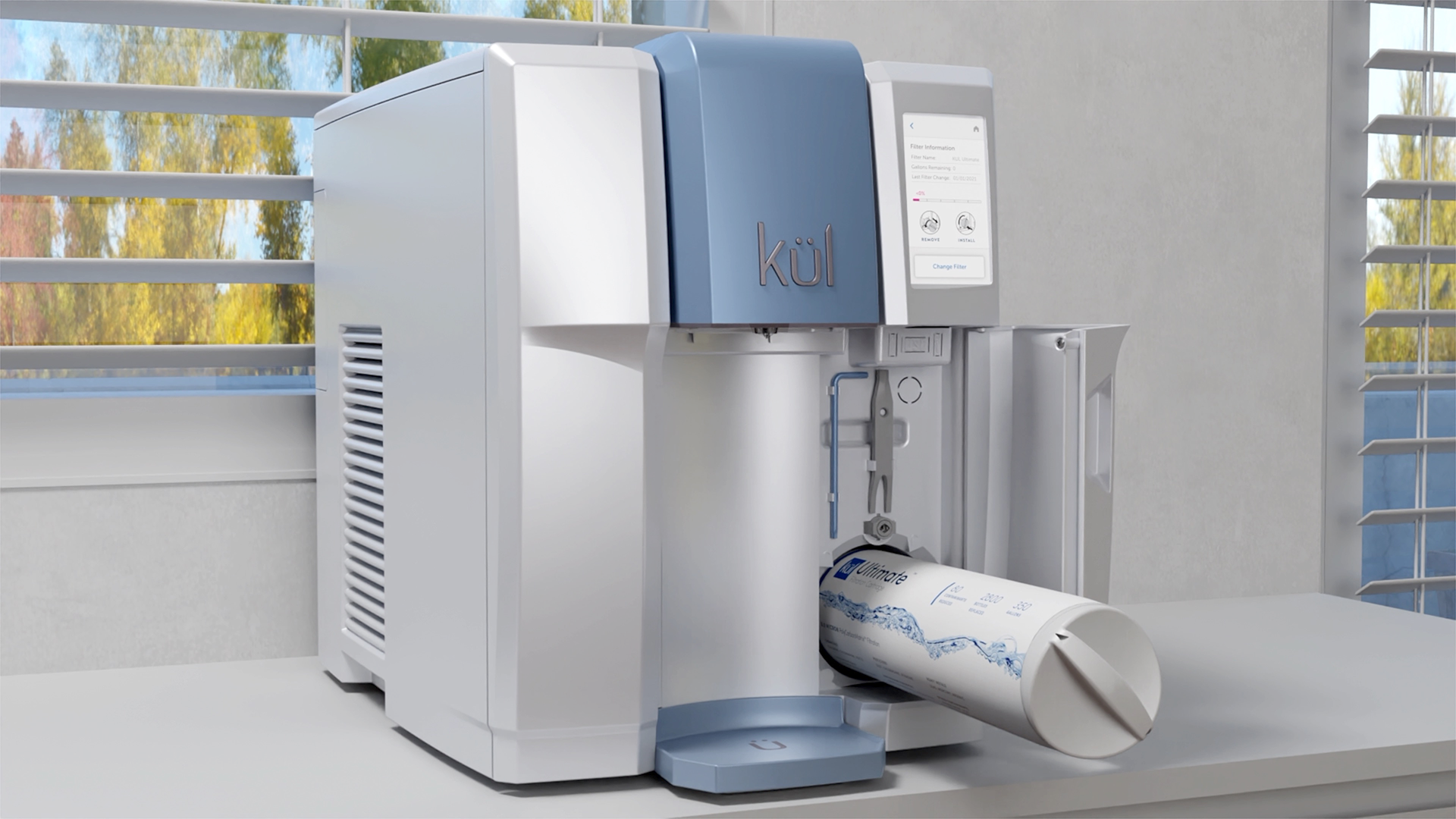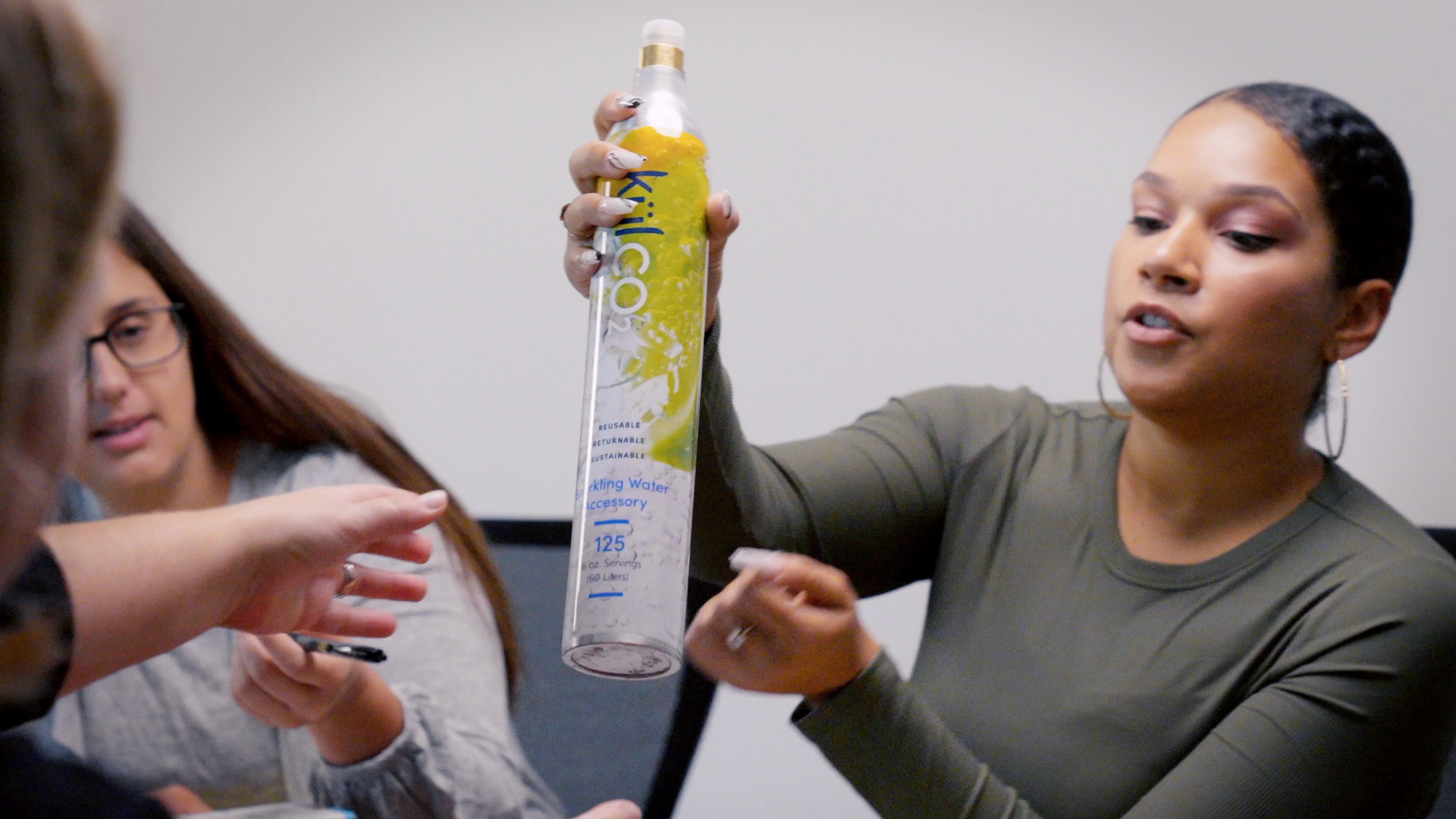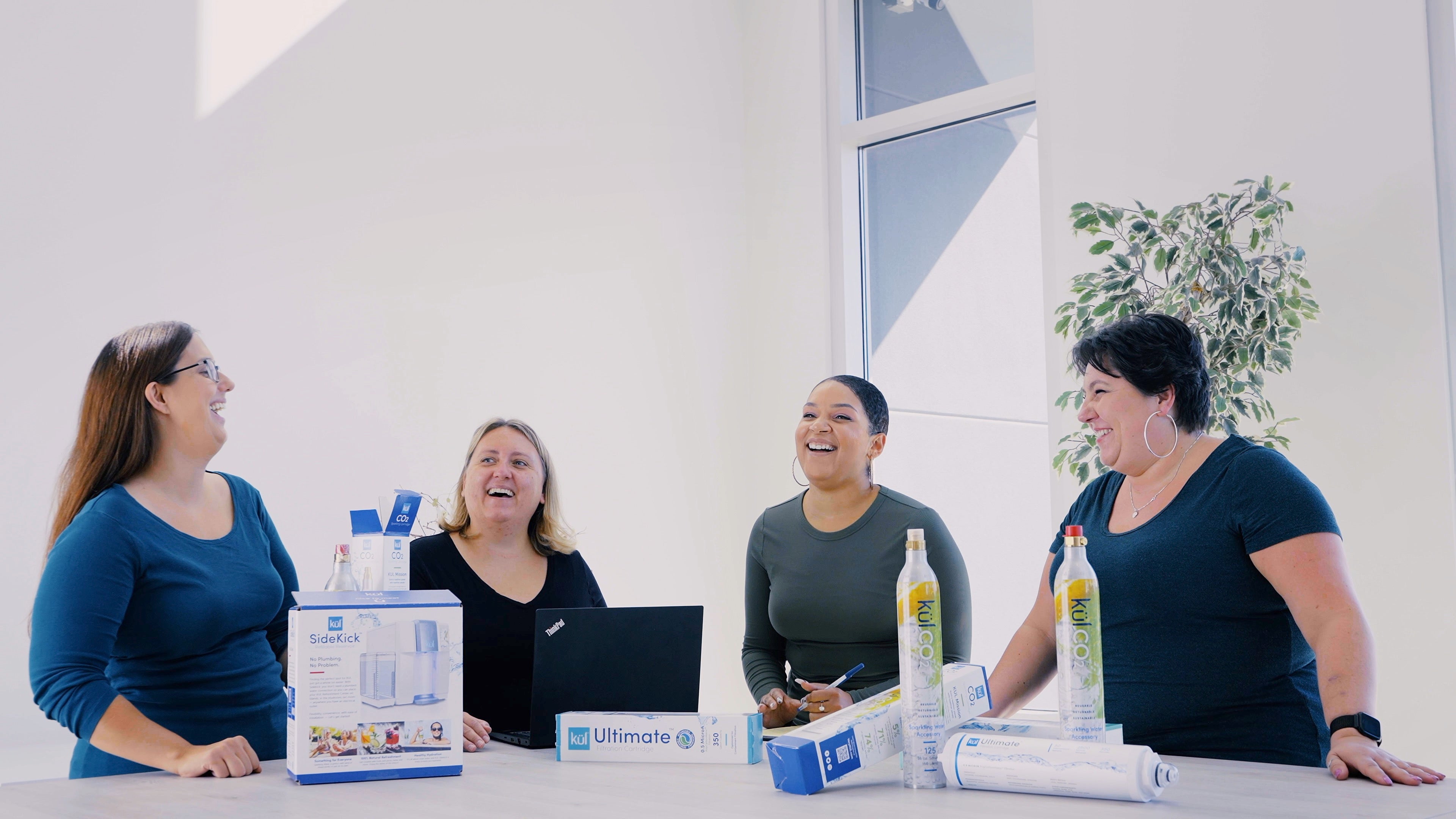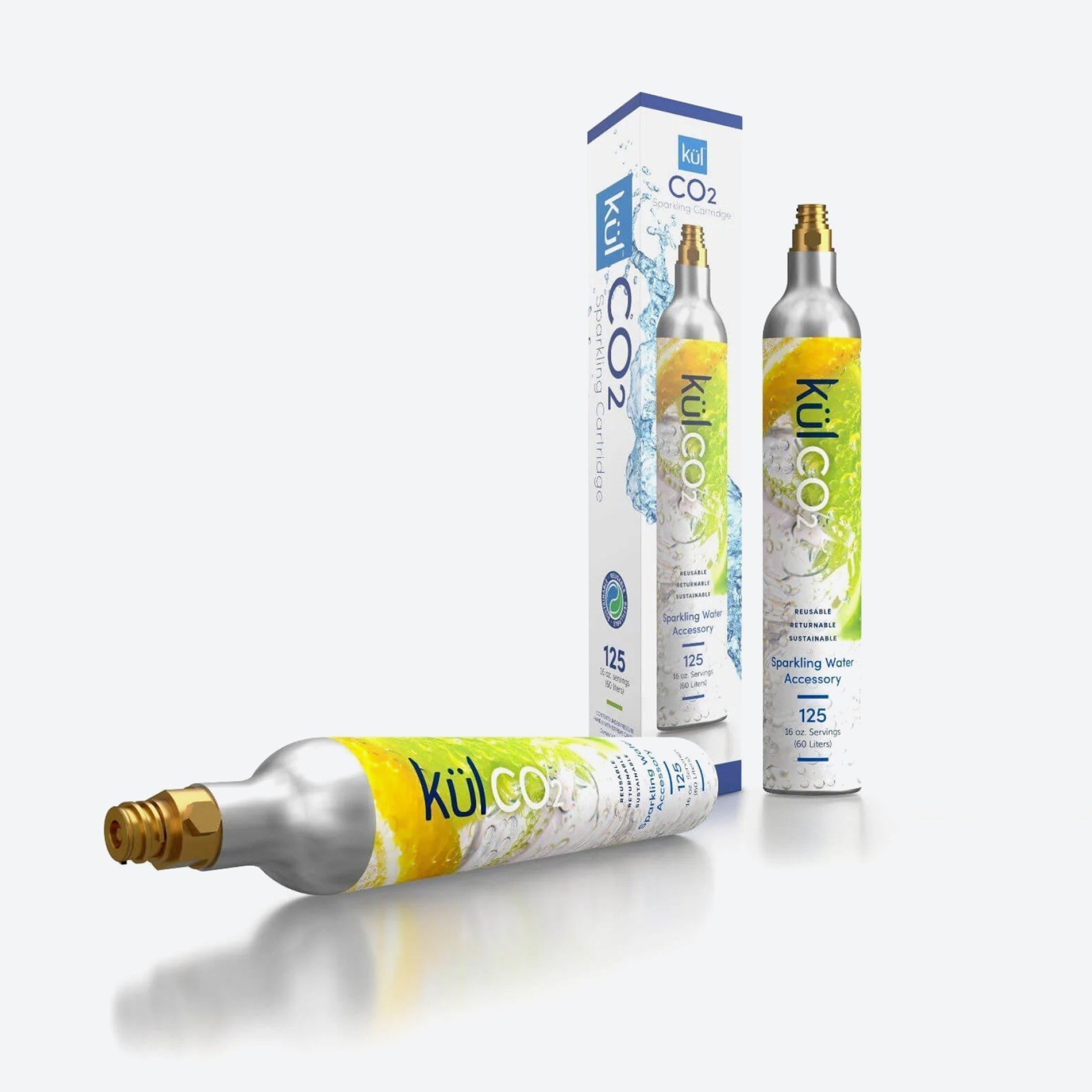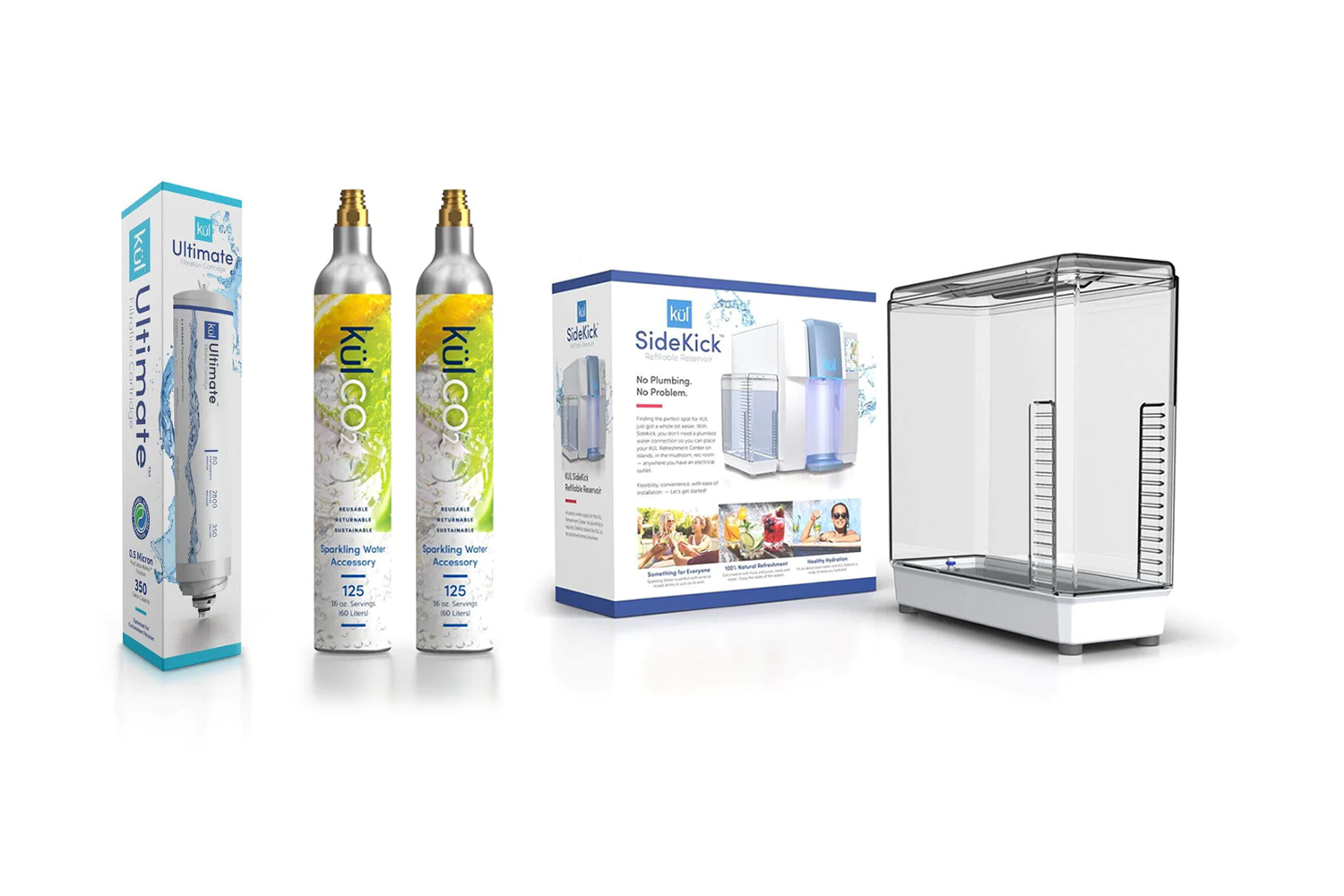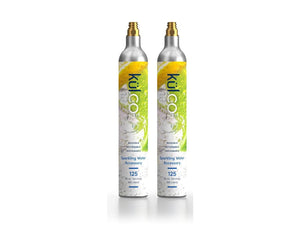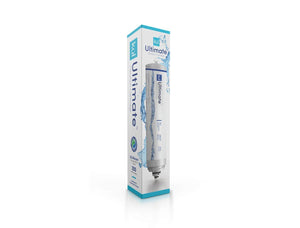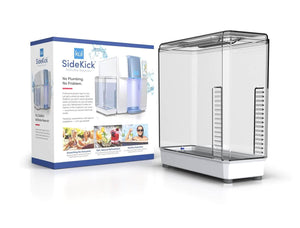If you’ve ever wrestled with a giant, awkward five-gallon water jug, nearly dropping it while trying to load it onto a traditional water cooler, you know the struggle.
The good news?
There’s a better way to enjoy clean, refreshing water without the hassle of heavy lifting or constant refills.
Enter the bottleless water cooler—the sleek, eco-friendly, and cost-effective upgrade your home or office didn’t know it needed.
The Basics: What is a Bottleless Water Cooler?
A bottleless water cooler (also known as a point-of-use water cooler) is exactly what it sounds like—a water cooler that doesn’t require those massive plastic jugs. Instead of relying on pre-filled bottles, it connects directly to your water supply, filters the water, and dispenses it on demand.
Think of it like a built-in water purification station that gives you unlimited clean drinking water without the recurring cost (or environmental guilt) of constantly replacing plastic bottles. It’s the future of hydration, and it’s here to make your life easier.
How Does a Bottleless Water Cooler Work?
You might be wondering: If there’s no bottle, where does the water come from? Great question! Here’s how it works:
-
Direct Connection to Your Water Line
Unlike traditional coolers, bottleless models hook up to your existing water supply—just like your refrigerator’s ice maker. -
Advanced Filtration System
The magic happens inside. Most bottleless coolers come with multi-stage filtration, which removes impurities, contaminants, chlorine, and bad tastes from your tap water. Depending on the model, you might find:- Carbon Filters (removes chlorine, bad taste, and odors)
- Reverse Osmosis Systems (removes lead, heavy metals, and microscopic contaminants)
- UV Filtration (kills bacteria and viruses)
-
Instant Hot & Cold Water
Once filtered, the water is chilled for refreshing cold sips or heated for your favorite tea and coffee—all at the touch of a button. No waiting, no refilling, just endless purified water on demand.
The Benefits of Going Bottleless
So why should you ditch your old-school water cooler and make the switch? Glad you asked.
1. No More Heavy Lifting
Gone are the days of hauling those back-breaking five-gallon jugs and spilling water all over the floor. A bottleless system means you’ll never have to change a water bottle again. Your back (and your office floors) will thank you.
2. Cost Savings (Say Goodbye to Recurring Water Delivery Fees!)
If you’re currently paying for bottled water delivery, you might be spending way more than you think. With a bottleless system, you eliminate those recurring costs and just pay for the cooler itself—usually a one-time purchase or a low monthly rental fee.
3. Eco-Friendly Choice
Plastic waste is a huge issue. Traditional bottled water coolers contribute to plastic pollution with every single jug used. By going bottleless, you significantly reduce plastic waste and lower your carbon footprint. You’ll stay hydrated without harming the planet.
4. Unlimited Fresh Water Supply
One of the biggest perks? You never run out of water.
Since bottleless coolers pull directly from your water supply, you don’t have to worry about running out of clean water during a busy workday or hosting guests. No emergency calls for a water delivery, no rationing those last few cups.
5. Cleaner & More Hygienic
Let’s be real—those old-school bottled coolers can get kinda gross. The bottles collect dust, bacteria, and who knows what else while sitting in storage. Not to mention, touching the nozzle every time you change a bottle? Not the most hygienic process.
Bottleless coolers, on the other hand, often come with sealed systems and touchless dispensers, making them much cleaner, safer, and more sanitary.
Are Bottleless Water Coolers Hard to Install?
Nope! Installation is surprisingly simple. Most companies offer professional installation, but if you’re a little handy, you can set one up yourself in under an hour.
Here’s what the process usually looks like:
- Choose a spot – Usually near an existing water source, like the kitchen or breakroom.
- Connect to the water line – A small tube is run from your existing supply (similar to how fridges with water dispensers are connected).
- Mount & secure the cooler – Depending on the model, it can be freestanding, wall-mounted, or countertop.
- Enjoy clean water! – Once the filters are installed, you’re good to go!
Most systems only require filter changes every 6–12 months, so maintenance is minimal.
Who Should Get a Bottleless Water Cooler?
A bottleless cooler is a game-changer for:
Homes – No more buying bottled water or using a clunky Brita filter.
Offices – Saves money and keeps employees hydrated all day.
Gyms & Wellness Centers – Members get unlimited fresh water without the waste.
Schools & Daycares – No plastic jugs, just pure, safe drinking water.
Restaurants & Cafés – Perfect for refilling glasses and reducing costs on bottled water.
If you drink a lot of water or have multiple people using a cooler daily, a bottleless system just makes sense.
Are There Any Downsides?
Like anything, bottleless water coolers aren’t perfect. Here are a couple of things to consider:
Upfront Cost – If you’re buying outright, the initial investment can be higher than a traditional bottled cooler. But long-term? You’ll save money.
Installation Required – Unlike plug-and-play bottle coolers, these require a connection to your water line. Not a dealbreaker, but something to think about.
Requires Filter Changes – While easy, filters need to be replaced every 6–12 months to keep your water clean and fresh.
Final Thoughts: Is a Bottleless Water Cooler Worth It?
100% YES. If you’re tired of the hassle of bottled water, sick of plastic waste, and looking for an unlimited supply of fresh, filtered water, a bottleless water cooler is the way to go. It’s a smart investment for homes, offices, and businesses alike.
Ready to make the switch? Ditch the bottles, upgrade your hydration, and never worry about running out of water again!
